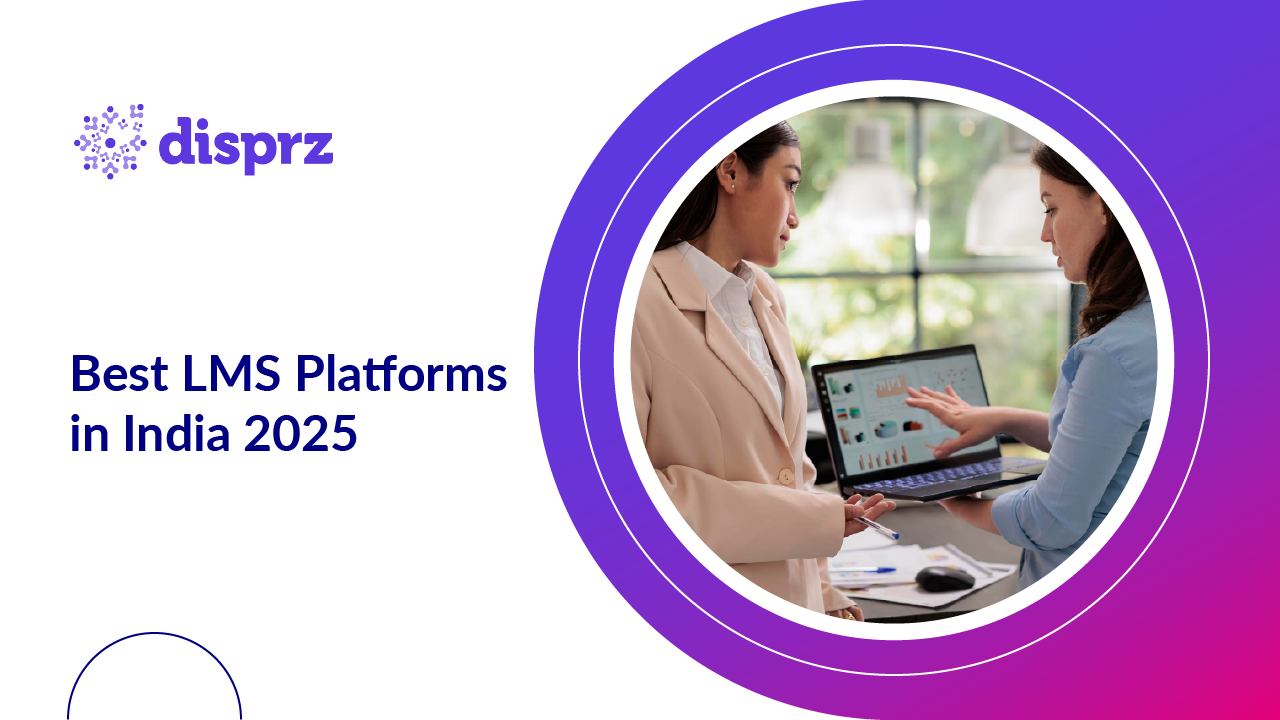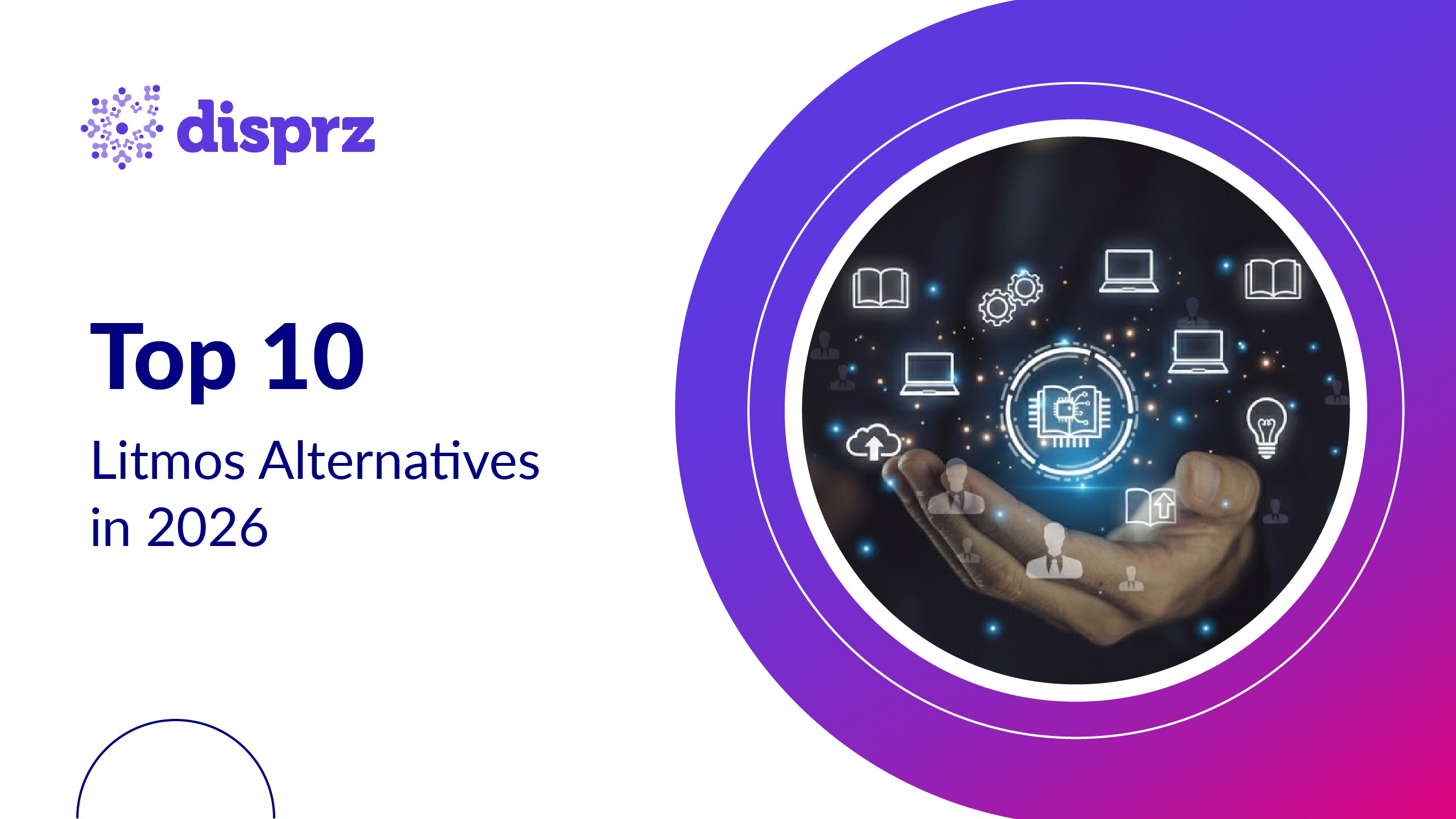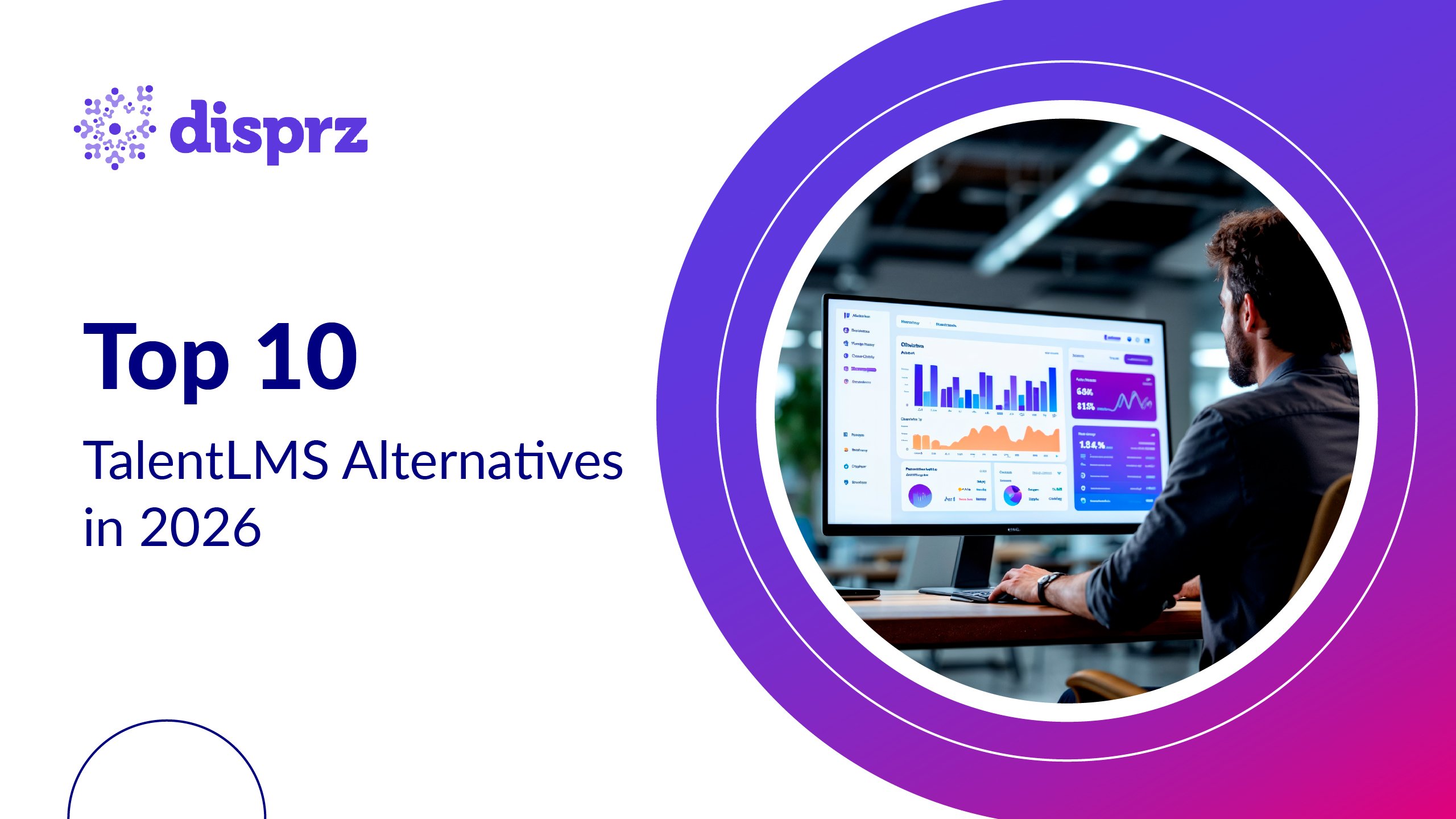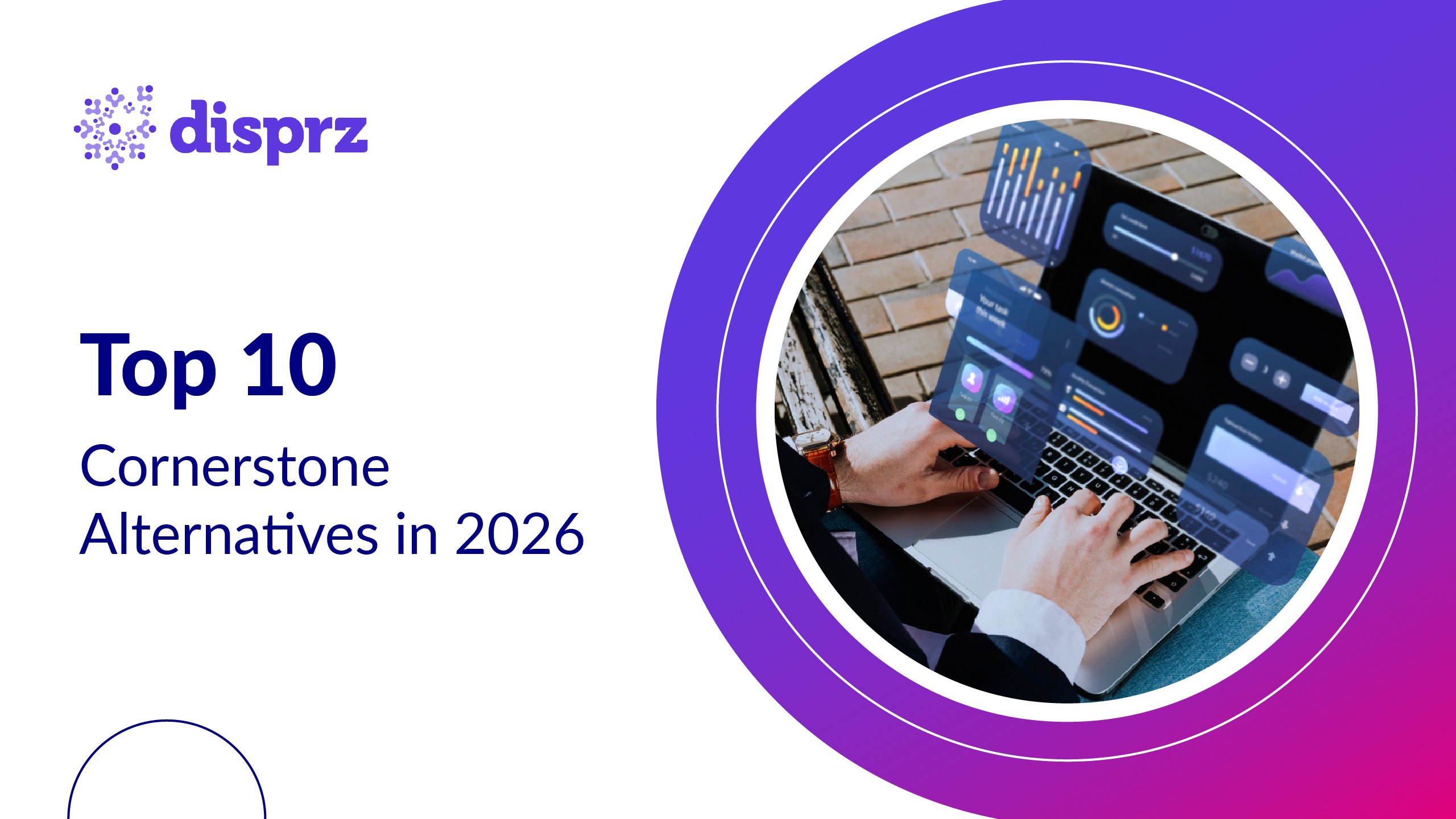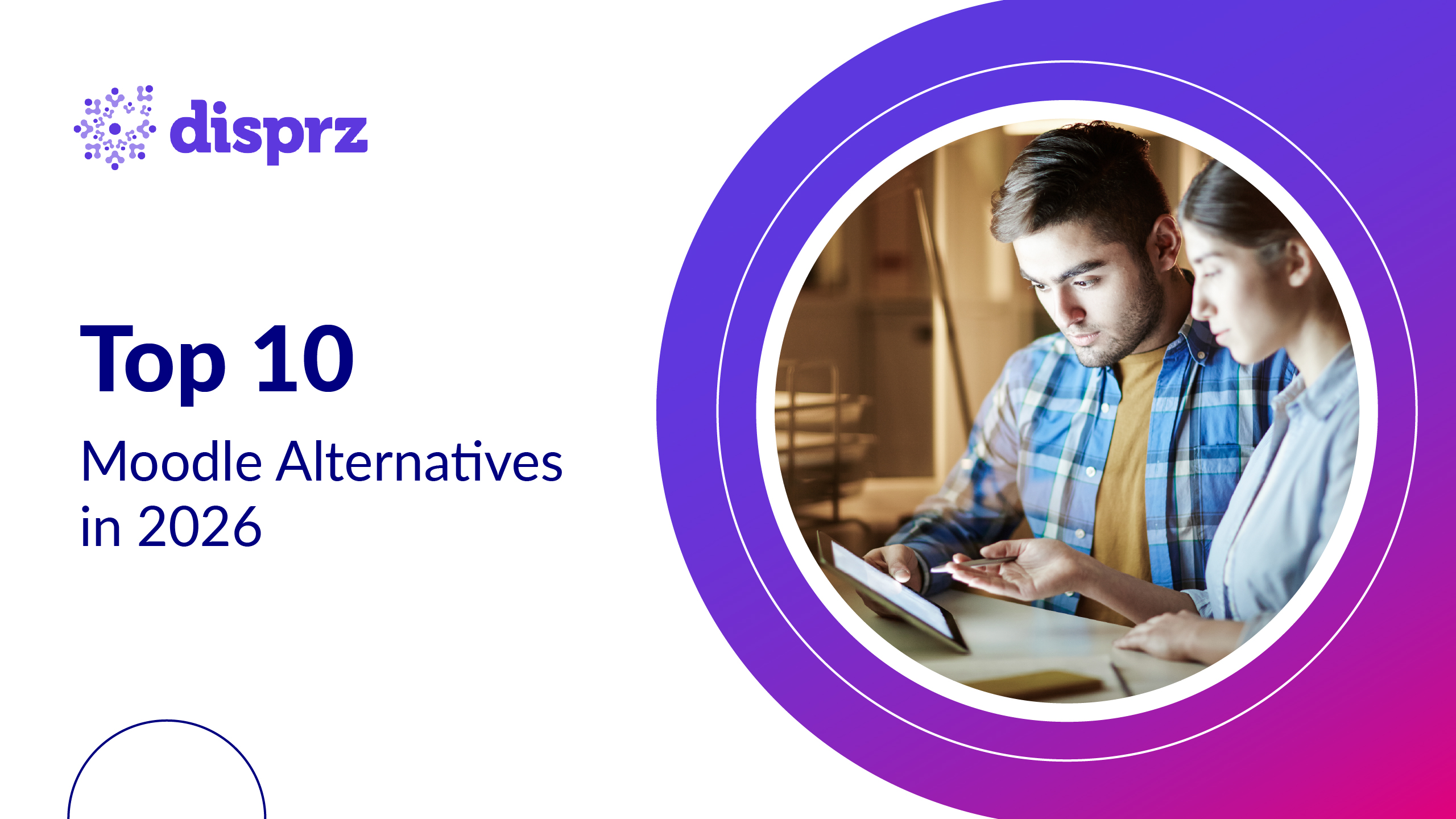India’s workforce is at a critical crossroads. A widening skills gap, the rapid rise of AI-led automation, and emerging workplace challenges, such as moonlighting, catfishing, and quiet quitting, are reshaping how organizations engage, retain, and grow talent. According to the EY AIdea Report 2025, over 38 million jobs in India’s organized sector will be transformed by 2030, demanding new-age skills like AI literacy, process automation, and digital decision-making.
In the face of this disruption, traditional training methods are failing, often slow, generic, and misaligned with real business needs. Over the past decade, organizations have turned to learning management systems (LMS) to address these gaps. However, many of these legacy LMS software were built for compliance and course delivery, not for business agility or skill transformation. They often lack the flexibility, engagement, and intelligence that today’s enterprises need.
Now, as eLearning in India rapidly matures, the demand has shifted from static, checkbox-driven systems to dynamic, outcome-focused learning platforms. This is where modern LMS platforms step in. They are no longer just content repositories; they’ve evolved into strategic enablers of workforce transformation, helping companies upskill at scale, personalize learning journeys, and directly link training to outcomes like productivity, billability, and retention.
Investing in a modern learning management system goes beyond just onboarding; it enables enterprises to align learning programs with business goals, upskill employees continuously, build a culture of learning, and retain top talent. As organizations double down on employee development in 2025 and beyond, choosing the right LMS is more critical than ever.
Here, we compare India’s top LMS platforms, evaluating features, pricing, and user reviews to help businesses make the best choice.
What is an Enterprise LMS?
An Enterprise Learning Management System (LMS) is a digital platform designed to manage, scale, and track employee learning across large organizations. Unlike basic LMS tools in India that are meant for small teams or academic settings, an enterprise LMS supports complex use cases like global onboarding, continuous upskilling, leadership development, and compliance while aligning learning with business priorities.
Today’s modern LMS goes beyond content delivery. It offers personalized learning paths, AI-driven skill assessments, progress analytics, and anytime-anywhere access, enabling organizations to build a future-ready workforce that can keep pace with change.
What makes a Modern LMS different from a Legacy LMS?
As India’s corporate ecosystem matures, enterprises need learning platforms that go beyond static course delivery. Modern LMS software are built for agility, intelligence, and business alignment, unlike legacy LMS systems that were designed for a different era.
Here are 5 critical differences:
1) AI-Driven Personalization vs. One-Size-Fits-All
Modern LMS: Uses AI to personalize learning paths, recommend content based on skill gaps, and adapt dynamically to learner behavior.
Legacy LMS: Offers static, linear course delivery with minimal customization or intelligence.
2) Business-Aligned Learning vs. Generic Training Management
Modern LMS: Links learning to business KPIs like productivity, skill readiness, and billability, making L&D a strategic driver.
Legacy LMS: Tracks course completion, not impact; treats training as an administrative task, not a performance enabler.
3) Scalable, Mobile-First Access vs. Outdated Infrastructure
Modern LMS: Cloud-native, scalable, and optimized for mobile, empowering anytime-anywhere learning for distributed teams.
Legacy LMS: Often on-prem or semi-digital, with limited mobile support and poor scalability across roles or geographies.
4) Plug-and-Play Integrations vs. Isolated Systems
Modern LMS: Seamlessly connects with HRMS, CRMs, collaboration tools, and content providers for a unified learning ecosystem.
Legacy LMS: Operates in silos with limited integration support, leading to data fragmentation and extra manual work.
5) Real-Time Skill Intelligence vs. Static Reporting
Modern LMS: Offers real-time analytics on learner engagement, skill proficiency, and business impact using AI-powered dashboards.
Legacy LMS: Provides basic reports with limited actionable insights, offering little visibility into workforce capability.
5 Benefits of a Modern Learning Management System (2025)
1) Reduces Skill Mismatch & Hiring Mistakes
Many organizations struggle with employees who look great on paper but lack real skills. An LMS with AI-driven skill assessments and competency mapping ensures employees are trained for the right roles, reducing hiring mistakes and improving workforce alignment.
2) Prevents Knowledge Drain from Employee Turnover
When experienced employees leave, they take valuable knowledge with them. An enterprise LMS captures and retains institutional knowledge, ensuring that critical expertise is documented and easily transferred to new hires or internal promotions.
3) Maximizes ROI on Employee Development
Traditional training programs often lead to wasted resources with no measurable impact. An enterprise LMS tracks skill improvements, links learning to business outcomes, and optimizes training investments, ensuring every dollar spent on L&D drives productivity, retention, and business growth.
4) Protects Against Compliance & Legal Risks
Industries like healthcare, finance, and manufacturing face strict regulations. An enterprise LMS automates compliance training and tracks certifications, reducing legal risks by ensuring every employee meets required standards before audits or inspections.
5) Boosts Cross-Team Collaboration & Internal Mobility
A LMS isn’t just about individual learning; it fosters a culture of knowledge sharing. Employees from different departments can access shared learning resources, encouraging cross-functional collaboration and making internal job transitions smoother.
Top 5 Enterprise LMS Platforms in India 2025
Selecting the right eLearning platform in India is crucial for organizations aiming to enhance their educational and training initiatives.
Here are the five top LMS platforms in India as of 2025:
1) Disprz
Disprz is the modern enterprise LMS built for the age of AI and agility. It is a GenAI-powered transformational learning and skilling platform for every collar of the workforce - be it knowledge workers or frontline staff. With its mobile-first, AI-driven approach, Disprz enables organizations to go beyond static training and build a truly adaptive, performance-linked learning ecosystem. It helps enterprises align learning with business goals, accelerate upskilling at scale, and drive measurable outcomes across employee productivity, career mobility, and retention.
Key Features that Disprz offers
Goal-oriented Learning
Focuses on delivering measurable outcomes that drive business performance.
Adaptive, Multi-Channel Learning
Offers a versatile learning experience that adapts to individual learner needs and supports various content delivery channels. Additionally, the platform is available in 20+ Indian languages, ensuring that learners from diverse linguistic backgrounds can engage with content in their preferred language, enhancing accessibility and inclusivity across India’s workforce.
Performance-Centric Learning
Designed to align learning with organizational goals, ensuring that employees acquire skills that directly contribute to their roles.
Interactive UI/UX
Provides an intuitive user interface and experience, making it easy for both administrators and trainers to navigate the platform and engage learners.
Multi-Format Blended Learning
Supports a mix of learning formats, including videos, assessments, and interactive content, to cater to diverse learning preferences.
Comprehensive Analytics & Reporting
Equipped with robust analytics tools to track learner progress, measure training impact, and optimize learning strategies based on real-time data.
Seamless integrations
Disprz seamlessly integrates with leading HRMS (Keka, SAP SuccessFactors, Workday, Zoho People), CRM and sales platforms (Vymo, Salesforce, Leadsquared), helpdesk solutions (Freshdesk, Zoho Desk), and communication tools (Zoom, Microsoft Teams, Google Meet). These integrations ensure a unified learning experience, syncing employee data, aligning training with performance metrics, embedding learning within support systems, and enabling live, interactive sessions.
Ratings
As of the latest available data, Disprz holds the following ratings:
G2: 4.5/5
Capterra: 4.7/5
Pros
Disprz is an intuitive, user-friendly, and comprehensive learning platform that simplifies training and engagement.
Cons
Some advanced features are available as add-ons, requiring additional customization for full functionality.
Disprz Pricing
Disprz offers a range of flexible and scalable pricing plans designed to meet the diverse needs of organizations of all sizes. The platform provides customizable tiers that can be tailored to suit both growing businesses and established enterprises.
To get detailed pricing information that aligns with your specific organizational requirements, book a meeting today.
2) Cornerstone OnDemand
Best suited for
Large enterprises with mature HR ecosystems and complex compliance and performance management needs.
Cornerstone OnDemand is a long-standing, enterprise-grade learning management system that forms part of a broader HCM suite. It is widely used by large, global organizations that require scale, compliance rigor, and integration across learning, performance, and talent management.
Key Features
-
Centralized learning content and learner data management
-
Advanced compliance training and audit tracking
-
Learning analytics and basic performance insights
-
Mobile-enabled learning access
Ratings
G2: 4.0 out of 5
Capterra: 4.3 out of 5
Pros
-
Robust feature set supporting enterprise learning, talent, and compliance workflows
-
Strong configuration capabilities for regulated industries
Cons
-
Steeper learning curve and configuration complexity
-
Higher implementation and ownership costs may not suit mid-sized organizations
Cornerstone OnDemand Pricing
Cornerstone follows a customized pricing model based on organization size, feature requirements, and modules selected. Interested buyers are advised to contact the vendor directly for tailored quotes.
3) TalentLMS
TalentLMS is a cloud-based learning management system designed to help businesses create, manage, and deliver online training programs.
Key features
-
Multi-language Support
-
Certifications
-
Reporting & Analytics
-
White labeling and customization
Ratings
G2: 4.6/5
Capterra: 4.7/5
Pros
Ideal for small and mid-sized businesses starting their employee learning journey, offering an intuitive and easy-to-use platform.
Cons
Lacks advanced customization options, has limited features, and faces integration challenges with third-party tools.
TalentLMS Pricing
For the most accurate and up-to-date pricing information, including details on solutions and additional features, it is recommended to contact TalentLMS or visit their official website.
4) Moodle
Moodle LMS is a free, open-source learning management system that helps organizations manage and deliver online learning.
Key Features
-
Mobile learning
-
Customization
-
Course builder
Ratings
G2: 4.1/5
Capterra: 4.3 / 5
Pros:
Moodle's open-source nature allows institutions to tailor the platform to their specific educational needs.
Cons
Due to its high customization capabilities, course designs can vary significantly, potentially leading to inconsistencies in navigation and user experience if not standardized.
Moodle Pricing
For the most accurate and up-to-date pricing information, including details on solutions and additional features, it is recommended to contact Moodle or visit the official website.
Buyer’s Guide: How to Choose the Right Enterprise LMS in India
Choosing the right Enterprise Learning Management System (LMS) isn’t just about ticking off features; it’s about ensuring your workforce is equipped for the future. In India, where businesses operate in a diverse, multilingual, and rapidly evolving market, the right LMS must go beyond standard training to enable scalable, AI-driven, and business-aligned learning experiences.
Here’s what to consider
1) Compliance with Indian Regulations
Ensure the LMS complies with India’s DPDP Act (Digital Personal Data Protection Act), 2023 and the Information Technology (Reasonable Security Practices and Procedures and Sensitive Personal Data or Information) Rules, 2011, safeguarding how employee data is collected, processed, and stored. LMS platforms must have built-in data governance mechanisms and host data in compliance with Indian law (or provide clarity on cross-border storage).
2) Compliance with Employment, Labour, and Industry Regulations
Enterprises must ensure compliance with employment and labor laws by providing structured training on workplace policies like POSH, ethics, code of conduct, and safety. An LMS should automate training delivery, track certifications, and generate audit-ready reports for such compliance requirements.
Beyond general compliance, industry-specific regulations demand tailored training. Whether it's ISO 27001 / SOC 2 Type II for IT, SEBI guidelines for BFSI, IRDAI compliance for insurance, or GMP/GLP/GDP for manufacturing, a robust LMS should support policy-specific learning paths, monitor progress, and provide verifiable certification to ensure regulatory adherence.
3) Scalability for Enterprise Growth
Your LMS should scale effortlessly as your business expands, supporting thousands of users, diverse job roles, and evolving learning needs without performance lags or disruptions.
4) Multi-Language and Regional Adaptability
India’s workforce is linguistically diverse, so your LMS must support multiple languages to ensure inclusive and effective training across different regions and employee segments.
5) AI-Driven Personalization and Skills-Based Learning
A modern LMS should leverage AI-powered learning paths, automated learning gap analysis, and real-time insights to deliver relevant, role-based training that aligns with business goals.
6) Mobile-First and Offline Learning Support
With a deskless workforce spanning retail, manufacturing, and logistics, mobile learning is critical. Ensure the LMS offers a seamless mobile experience with offline learning capabilities for uninterrupted learning.
7) Seamless Integration with HRMS and Business Tools
An enterprise-ready LMS should integrate effortlessly with HRMS, ERP, productivity tools, and third-party content providers, ensuring a unified learning and performance ecosystem.
8) Customization and Flexibility for Enterprise Needs
Every organization has unique training requirements. Opt for an LMS that allows custom branding, adaptive learning workflows, and detailed analytics tailored to business objectives.
9) Measurable ROI and Cost-Effectiveness
Invest in an LMS that offers data-driven insights into learning impact, helping organizations quantify training ROI, improve employee retention, and boost productivity within a cost-effective model.
Based on the criteria explored in this blog, AI-driven personalization, business alignment, scalability, integration, and user experience, Disprz stands out as a compelling choice among enterprise LMS platforms in India. Its mobile-first architecture, support for multilingual content, and deep integration capabilities make it particularly well-suited for India’s diverse and dynamic workforce.
For organizations navigating the shift from legacy systems or strengthening ecosystems of Elearning in India, platforms like Disprz offer the flexibility, intelligence, and outcomes needed to stay competitive in a rapidly evolving business landscape.
To discover how Disprz can revolutionize your workforce learning and drive success, get in touch with us today!
FAQs
1) What are the key challenges in implementing an LMS in India?
Enterprises in India face several challenges in implementing an LMS, from ensuring accessibility for frontline and deskless workers through mobile-first capabilities and local language support to integrating seamlessly with existing HRMS, ERP, and business tools. Scalability is another key concern, as organizations must manage training for thousands of employees across different roles while maintaining performance and engagement. Additionally, migrating large volumes of existing learning data into the LMS can be complex, requiring structured data mapping, compliance checks, and minimal disruption to ongoing training programs.
2) How can an LMS help with compliance training in India?
An LMS plays a crucial role in ensuring that employees are regularly trained and updated on compliance-related topics such as workplace ethics, data privacy laws, and industry-specific regulations. It provides organizations with the ability to track and report training progress, helping to mitigate the risk of non-compliance and related penalties.
3) What factors should Indian organizations consider when selecting an LMS?
Indian organizations should consider factors such as scalability, mobile accessibility, integration with existing systems (HRMS, ERP), and compliance with local regulations such as data protection laws. Equally important is content flexibility, supporting videos, quizzes, and assessments to cater to different learning preferences and drive measurable business impact.



